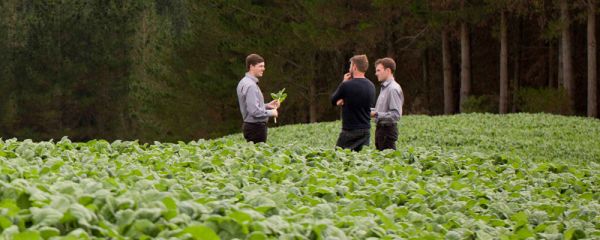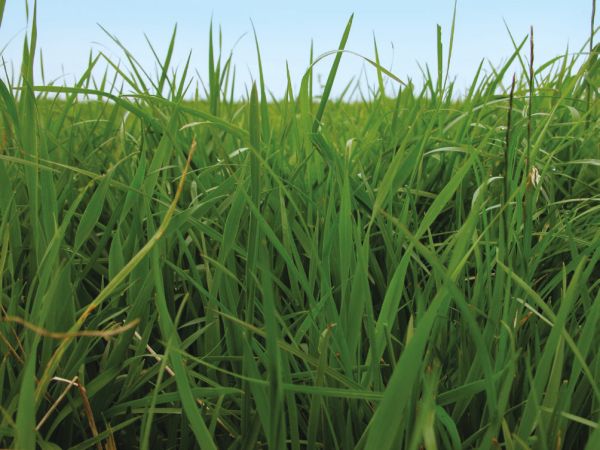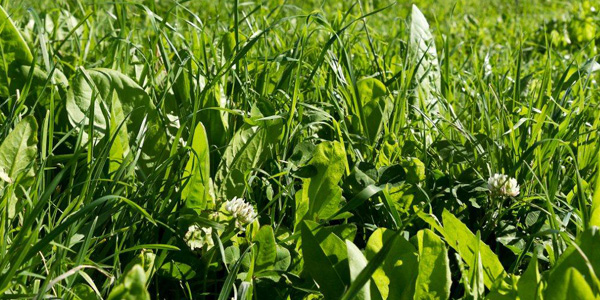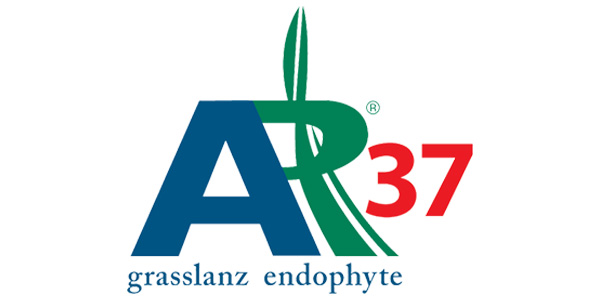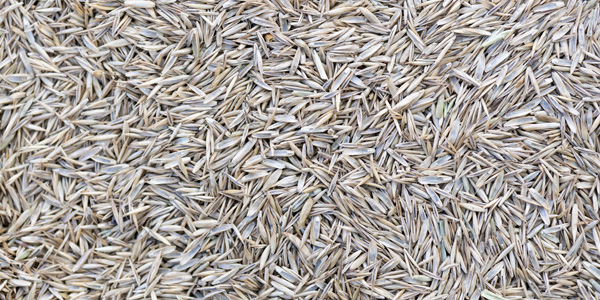
Other grasses
Other grasses
Cocksfoot
Cocksfoot
Cocksfoot is a drought tolerant grass that is very persistent and productive. Cocksfoot can persist in dry and low soil fertility conditions especially compared to perennial ryegrass. In dry conditions the total DM yields from cocksfoot can be similar to perennial ryegrass. It has significantly less cool season growth than perennial ryegrass, but its summer growth is good and can be better than ryegrass in dry conditions. Under irrigation and with nitrogen fertiliser, cocksfoot can be very productive, however in dry areas with moderate fertility where cocksfoot is commonly grown, it will yield far less.
Cocksfoot is generally very tolerant of pests, including grass grub although it is not resistant. Cocksfoot is ideally put at low rates in perennial ryegrass mixes to aid persistence over time to ryegrass pastures especially in dry environments.
Prairie & Brome Grass
Prairie grass is a large-leaved, large tillered, short-lived perennial, with excellent winter/early spring growth. Unlike most other grasses, its large-seeded flower head is quite palatable to stock. Prairie grass has good heat tolerance, which allows for a longer growth period into summer and earlier recovery after a dry summer. As a prolific seeder, persistence of 3-4 years is possible with a lax rotational grazing regime. Prairie grass requires fertile free draining soils. It is intolerant of waterlogging and pugging.
Gala grazing brome is the equivalent of perennial ryegrass in the brome family. Gala is a versatile species for use on free draining soils, in areas with summer dry conditions. Compared with prairie grass, the dense, fine tillered growth ensures persistence under harsher climatic and grazing conditions. Farms in the dry eastern regions benefit from the rapid autumn recovery, good winter and early spring growth and persistence under close grazing.
Gala grazing brome is not a large grass; due to this it is not ideal for supplementary feed. Prairie grass, on the other hand, is a large and bulky grass that is well suited to silage production.
Hardy Perennial Grass
Phalaris is a very persistent grass species suited to lax rotational grazing. It has a significant root structure and often develops large crowns when managed in a lax system. It has a particularly strong autumn and winter growth pattern.
Phalaris produces alkaloids that can create animal health issues particularly on fresh autumn regrowth. These alkaloids and the large root mass and crown of Phalaris makes it one of the few grass grub resistant grass species available.
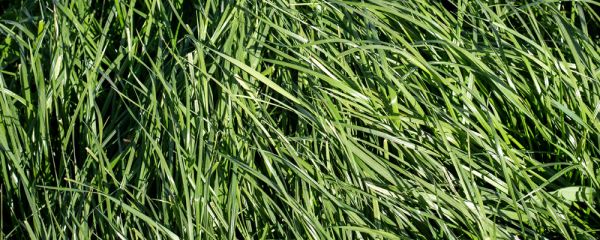
Other Grasses range
VIEW PRODUCTS